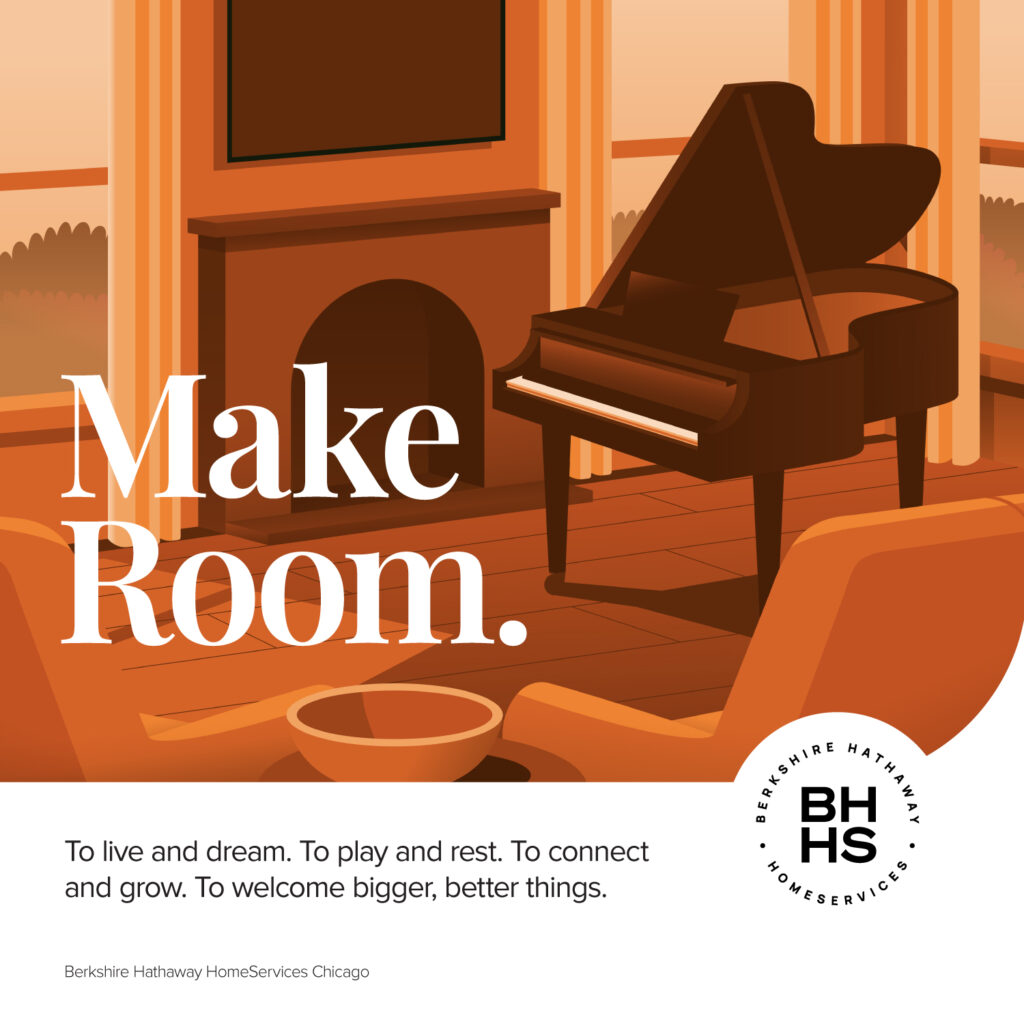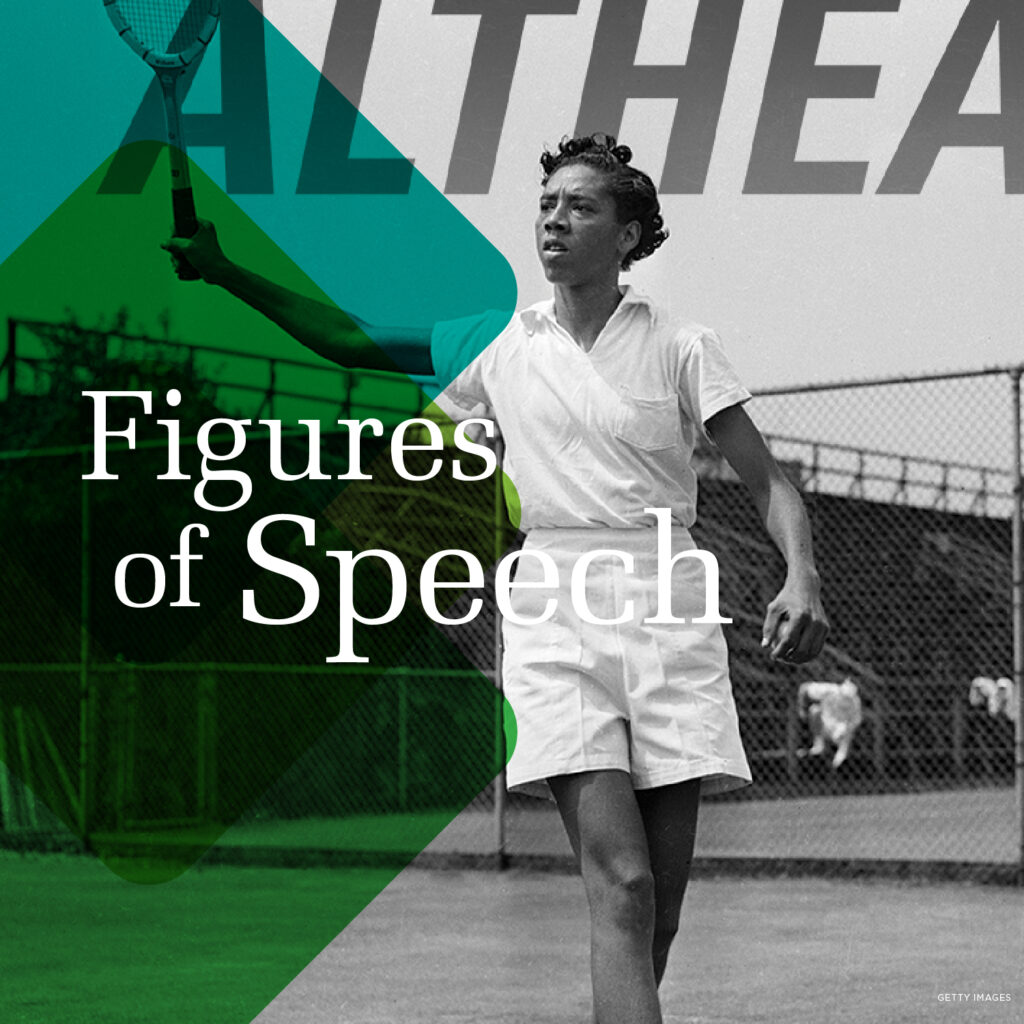Connecting the Last Person: India Goes Wireless

Information technology shrinks the world. A war is brought into your family room, a relationship is maintained from 100,000 miles apart, a new star is discovered on YouTube.
Prem Kalra, director of the Indian Institute of Technology in Rajasthan, set out on a mission to connect every person in India. This means connecting everyone, down to the very poorest person in the most remote village in the country. The philosophy holds that everyone should be given the basic tools that will enable them to overcome poverty. It sounds simple, but this is a revolutionary idea that could change the way the worlds runs.
Kalra’s team released the Aakash – which means “sky” in Hindi. The Aakash is an Internet-enabled, wirelessly connected tablet that uses the Android 2.2 operating system, with a 7-inch touch screen, three hours of battery life and the ability to download videos, PDFs and educational software.
On this simple tablet, users can learn English, download videos of class lessons and communicate with Skype. These basic tools empower people who would otherwise not have access to them. Learning English is the key to social mobility in India, and a tablet can provide distance learning and course software to every student. A student who lives in a village with no electricity can be given the same tools as a middle class student from a wealthy town.
The Indian government will subsidize the tablets and wireless connection, costing families only 1,500 rupees ($30). This breaks the price point of other tablets in a big way. The Aakash allows users to work with the hardware and software and improve on design and functionality. This open access empowers users in ways beyond even the immediate benefits.
Thanks to the hyperconnecting of the world – through wireless Internet, social media, mobile devices and cloud computing – resources are decentralized, access to opportunity is increased and barriers around the world are coming down.
Source: The New York Times, Thomas Friedman – “The Last Person”
Photo Credit: David Ortez
Emma Niendorf is an Integrated Marketing Associate for Otherwise Incorporated.








